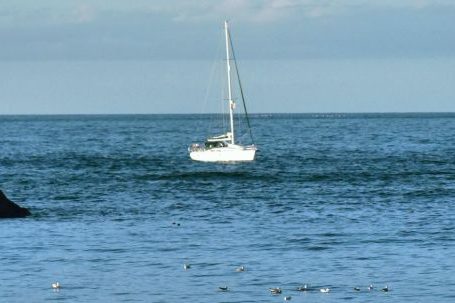National parks play a crucial role in safeguarding the biodiversity of our planet. These protected areas provide a safe haven for a wide variety of flora and fauna, ensuring their survival for future generations. In this article, we will explore the importance of national parks in preserving our natural heritage and the various ways in which they contribute to the conservation of plants and animals.
Preserving Ecosystems
National parks are established with the primary goal of preserving ecosystems in their natural state. By designating specific areas as protected, we can prevent habitat destruction and fragmentation caused by human activities such as deforestation and urbanization. This allows ecosystems to function in their entirety, maintaining a delicate balance between different species and ensuring the survival of plants and animals.
Biodiversity Conservation
One of the key reasons for the establishment of national parks is to conserve biodiversity. These protected areas serve as a refuge for a wide range of plant and animal species, including those that are endangered or threatened. By providing a safe habitat, national parks enable these species to recover and thrive, contributing to the overall biodiversity of our planet.
Habitat Restoration
In addition to preserving existing habitats, national parks also play a vital role in habitat restoration. Many national parks engage in active conservation efforts, such as reintroducing species that have become locally extinct or restoring degraded habitats. These restoration projects aim to enhance the resilience of ecosystems and support the recovery of threatened species.
Educational Opportunities
National parks also serve as educational platforms, raising awareness about the importance of biodiversity conservation. Through interpretive programs, guided tours, and visitor centers, people can learn about the unique ecosystems and their inhabitants. By experiencing the wonders of nature firsthand, individuals develop a greater appreciation for the natural world and become more motivated to protect it.
Research and Monitoring
National parks provide scientists with invaluable opportunities to conduct research and monitor ecosystems. By studying the flora and fauna within these protected areas, researchers can gain insights into ecosystem dynamics, species interactions, and the impacts of environmental change. This knowledge is crucial for developing effective conservation strategies and informing policy decisions.
Sustainable Tourism
National parks can also support local economies through sustainable tourism. By attracting visitors, these protected areas create employment opportunities and generate revenue that can be reinvested in conservation efforts. However, it is important to manage tourism in a sustainable manner, minimizing its negative impacts on the environment and ensuring the long-term viability of the park.
Collaborative Conservation
Conservation efforts in national parks often involve collaboration between various stakeholders, including governments, local communities, and non-profit organizations. By working together, these groups can pool their resources, knowledge, and expertise to achieve more significant conservation outcomes. This collaborative approach fosters a sense of ownership and shared responsibility for protecting flora and fauna.
Conclusion
National parks are essential for protecting flora and fauna, preserving ecosystems, conserving biodiversity, restoring habitats, providing educational opportunities, conducting research, promoting sustainable tourism, and fostering collaborative conservation efforts. By recognizing the critical role of national parks and supporting their establishment and management, we can ensure the long-term survival of our natural heritage for generations to come. Let us all play our part in protecting and cherishing these invaluable sanctuaries of biodiversity.



